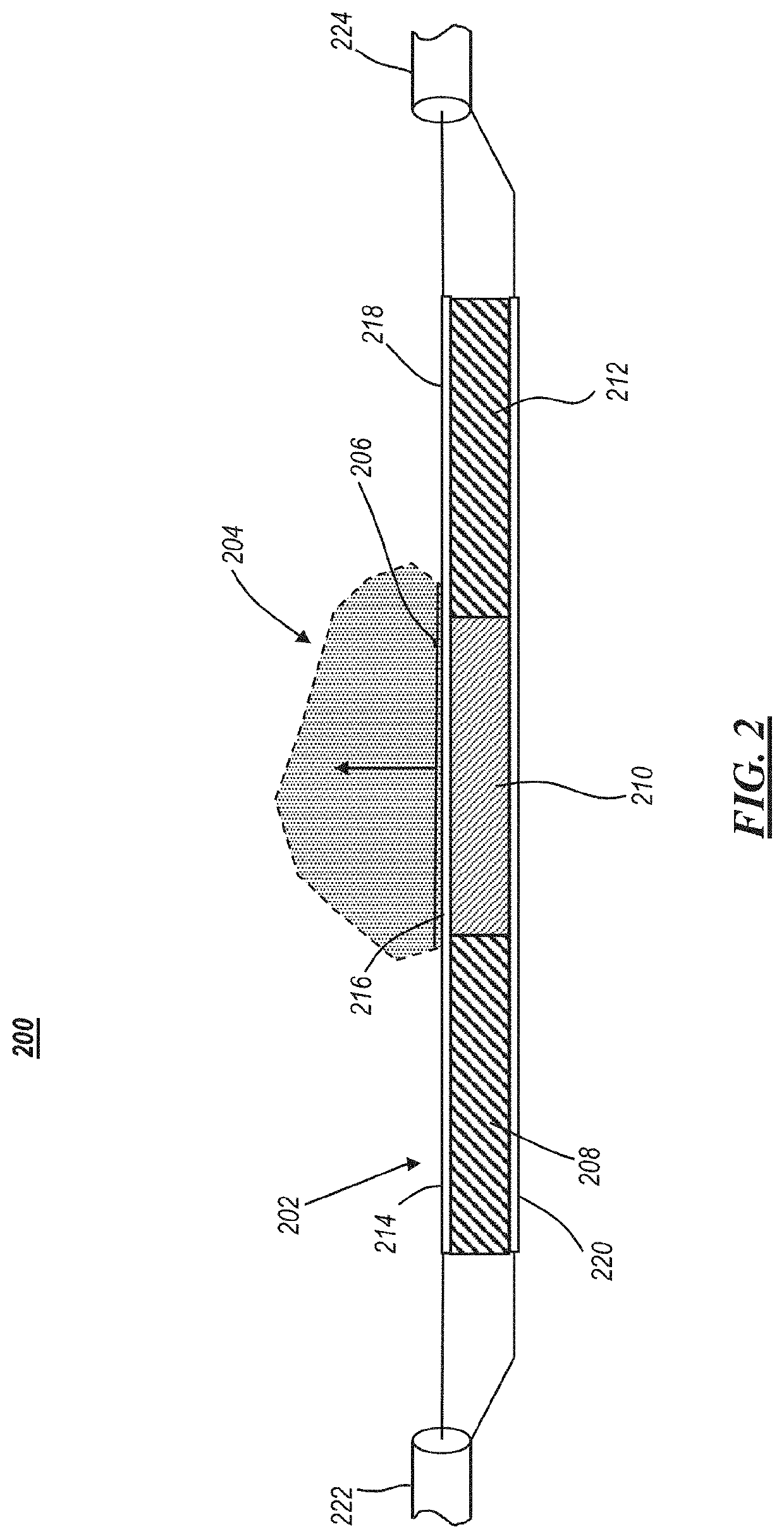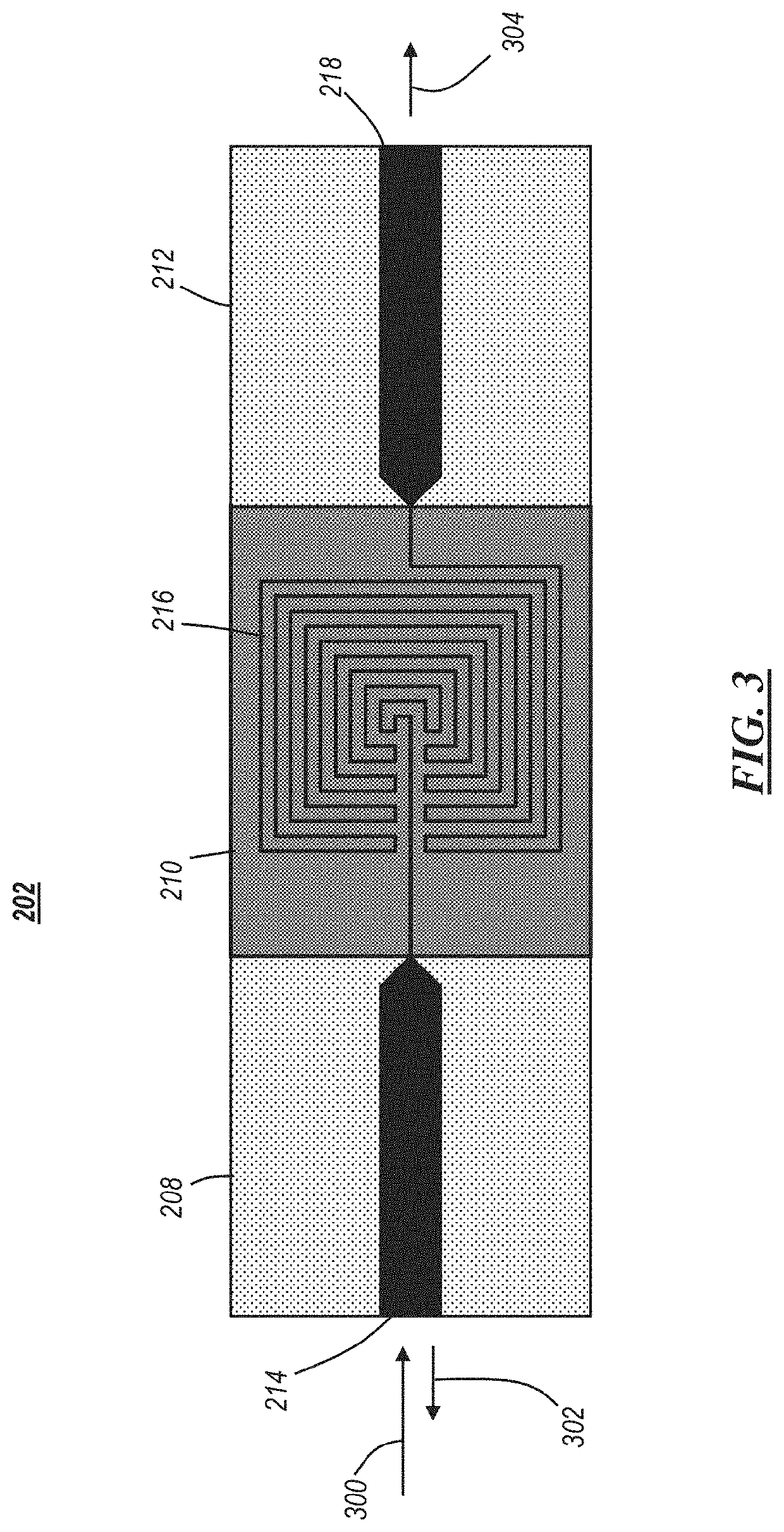Apparatus for in vivo dielectric spectroscopy
a dielectric spectroscopy and apparatus technology, applied in the field of sensors, can solve the problems of distorting the test, high loss in quality, quantity and economic sense, and limited techniques to in vitro or glass measuremen
- Summary
- Abstract
- Description
- Claims
- Application Information
AI Technical Summary
Benefits of technology
Problems solved by technology
Method used
Image
Examples
Embodiment Construction
[0065]While the specification concludes with claims defining the features of the invention that are regarded as novel, it is believed that the invention will be better understood from a consideration of the following description in conjunction with the drawing figures, in which like reference numerals are carried forward. It is to be understood that the disclosed embodiments are merely exemplary of the invention, which can be embodied in various forms.
[0066]FIG. 1 is a block diagram of an in vivo dielectric spectroscopy system 100 using a sensor 106 having a composite dielectric construction, in accordance with some embodiments. The sensor is used to perform dielectric spectroscopy on a biological subject 108, which as shown here is a portion of a larger organism or other biological entity. Where the sensor 106 and the subject 108 meet there is an interface. For example, when the subject is an animal (or human), the sensor will be in contact with the subject's skin, which presents a...
PUM
| Property | Measurement | Unit |
|---|---|---|
| frequency | aaaaa | aaaaa |
| frequencies | aaaaa | aaaaa |
| frequency | aaaaa | aaaaa |
Abstract
Description
Claims
Application Information
 Login to View More
Login to View More - R&D
- Intellectual Property
- Life Sciences
- Materials
- Tech Scout
- Unparalleled Data Quality
- Higher Quality Content
- 60% Fewer Hallucinations
Browse by: Latest US Patents, China's latest patents, Technical Efficacy Thesaurus, Application Domain, Technology Topic, Popular Technical Reports.
© 2025 PatSnap. All rights reserved.Legal|Privacy policy|Modern Slavery Act Transparency Statement|Sitemap|About US| Contact US: help@patsnap.com



